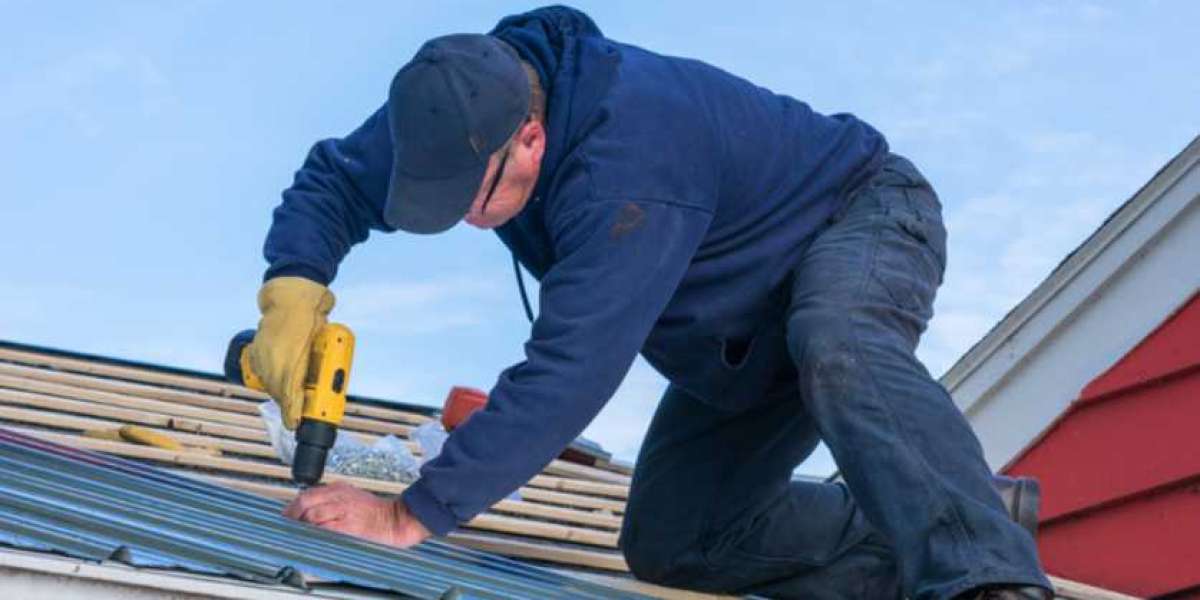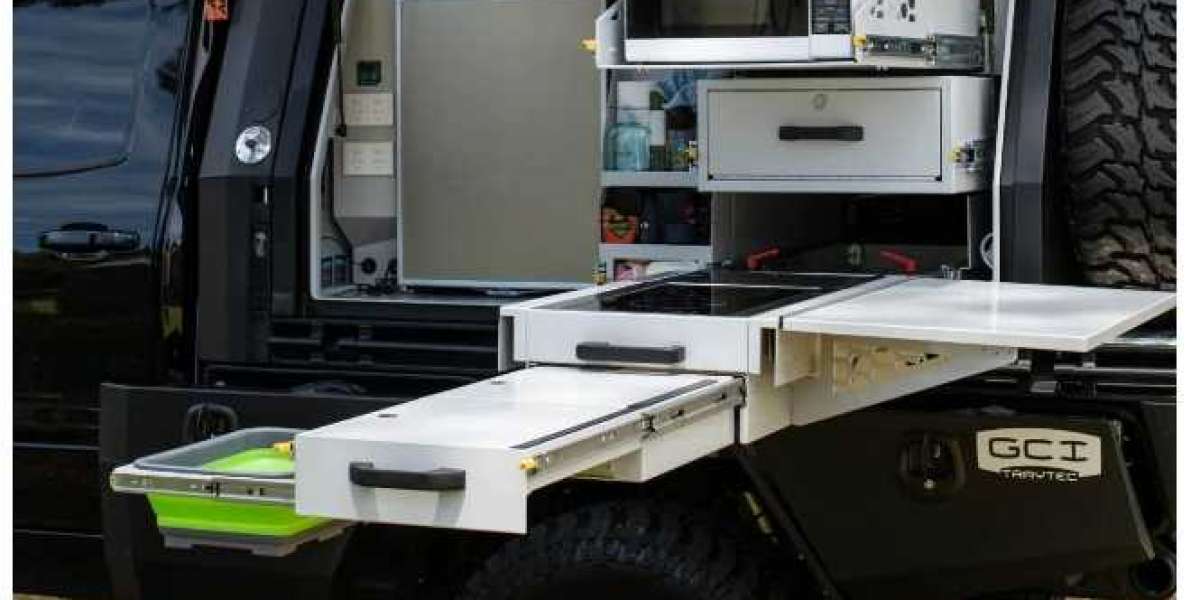A roof leak is one of the most common and frustrating problems homeowners face. Whether it's caused by a broken shingle, damaged flashing, or worn-out roofing materials, a leak can lead to extensive water damage, mold growth, and structural issues if left untreated. Understanding how to identify roof leaks and the steps involved in repairing them can help you prevent costly repairs down the line. In this article, we'll explore the causes of roof leaks, how to detect them, and the best approach to roof leak repair.
1. Common Causes of Roof Leaks
Roof leaks can occur for a variety of reasons, often resulting from a combination of age, weather, and installation issues. Here are the most common causes:
a. Damaged or Missing Shingles
- Over time, shingles can become worn out or damaged due to exposure to extreme weather conditions, such as wind, hail, or snow. If shingles are cracked, missing, or curled, water can easily seep underneath and cause leaks.
b. Damaged Flashing
- Flashing is the material used around roof penetrations (such as chimneys, vents, and skylights) to prevent water from getting underneath. If flashing becomes cracked or separated, it can allow water to enter and cause leaks in those areas.
c. Clogged Gutters
- Gutters play an important role in directing rainwater away from your roof and foundation. When gutters are clogged with leaves, debris, or ice, water can back up onto the roof, causing leaks and water damage.
d. Worn-Out Underlayment
- The underlayment is a protective layer beneath the roofing materials that adds an extra layer of defense against water infiltration. Over time, this material can degrade or get damaged, leading to leaks.
e. Roof Penetrations
- Any hole or penetration in the roof, such as for vents, pipes, or chimneys, can potentially be a source of leaks. These penetrations need to be properly sealed to prevent water from entering.
f. Poor Installation
- If your roof was not installed correctly, the likelihood of leaks increases. Poor workmanship, improper flashing, or misaligned shingles can all contribute to water infiltration.
2. How to Detect a Roof Leak
Finding the source of a roof leak is crucial for effective repair. Here are some signs to look for:
a. Water Stains on Ceilings or Walls
- One of the most obvious signs of a roof leak is water stains or discoloration on the ceiling or walls. These stains may be brown or yellow and are often a clear indication that water is coming through the roof.
b. Damp or Moldy Attic
- If you have an attic, check for signs of dampness, mold, or mildew. These can be indicators that moisture is entering the attic from the roof. Look for wet insulation or puddles of water, as they may signal a leak.
c. Visible Damage on the Roof
- Inspect the roof from the outside, looking for visible damage such as missing or cracked shingles, holes, or damaged flashing. These are often the direct cause of roof leaks.
d. Dripping Water
- If you notice water dripping inside the house during or after a rainstorm, it’s likely that there’s an active leak. You may need to track the path of the water to locate the leak’s origin.
e. Increased Energy Bills
- A leaking roof can also affect your home’s insulation and ventilation. If you notice an increase in energy bills, the leak might be affecting your home’s overall energy efficiency.
3. Steps to Repair a Roof Leak
Repairing a roof leak can range from a simple fix to a more involved process, depending on the cause and severity of the damage. Here are the general steps for repairing a roof leak:
a. Safety First
- Before attempting any roof repairs, ensure that you take the necessary safety precautions. Use a sturdy ladder, wear slip-resistant shoes, and avoid working on your roof during inclement weather.
b. Locate the Leak
- Start by inspecting the attic and interior areas of your home to determine where the water is coming in. Once you've identified the location, go outside and assess the roof to see if you can spot any obvious damage.
c. Replace Damaged Shingles
- If you find that shingles are cracked, curled, or missing, replace them as soon as possible. Gently lift the surrounding shingles, remove the damaged ones, and slide new shingles into place. Make sure they are secured with roofing nails and properly sealed with roofing adhesive.
d. Repair or Replace Flashing
- If the leak is around a chimney, vent, or skylight, inspect the flashing to ensure it is intact. If it’s cracked, bent, or separated, it will need to be replaced. Remove the old flashing, clean the area, and install new flashing to create a watertight seal.
e. Clear Clogged Gutters
- Check your gutters and downspouts for blockages. If they are clogged with leaves or debris, clear them out to allow proper water flow. Consider installing gutter guards to prevent future clogs.
f. Fix Roof Penetrations
- For leaks around roof penetrations, ensure that the area is properly sealed with roofing sealant or caulk. If there are damaged seals or cracked pipes, replace the flashing and reseal the area to prevent water from entering.
g. Inspect and Repair the Underlayment
- If the leak is caused by worn-out underlayment, the damaged area will need to be replaced. This often requires removing the shingles and old underlayment before installing new materials. This is a more involved process and may require professional help.
h. Test for Leaks
- After completing the repairs, test for leaks by spraying the area with a hose during a dry day. This helps ensure that the repair is effective and that no water is entering the house.
4. When to Call a Professional
While some roof leaks can be repaired by homeowners with the right tools and knowledge, others require professional expertise. If the leak is extensive, you’re unable to locate the source, or the damage is too severe, it's best to hire a professional roofing contractor. They will have the tools, experience, and safety equipment necessary to handle the repair effectively and ensure that your roof is properly restored.
5. Preventing Future Roof Leaks
To prevent future roof leaks, consider the following steps:
- Regular Inspections: Have your roof inspected annually, especially after major storms or extreme weather events.
- Maintain Gutters: Keep gutters and downspouts clear of debris to ensure proper water drainage.
- Roof Coating: Apply a protective roof coating to extend the lifespan of your roofing materials.
- Tree Maintenance: Trim trees and branches that are close to the roof to prevent damage from falling limbs.
Conclusion
Roof leaks are a serious issue that can lead to extensive damage if left unaddressed. By understanding the causes of roof leaks, how to detect them, and how to repair them, homeowners can protect their homes from water damage and preserve the integrity of their roofs. Whether you choose to tackle the roof leak repair calgary yourself or hire a professional, prompt action is crucial to prevent further complications. Regular roof maintenance and timely repairs will keep your home safe, dry, and protected for years to come.







